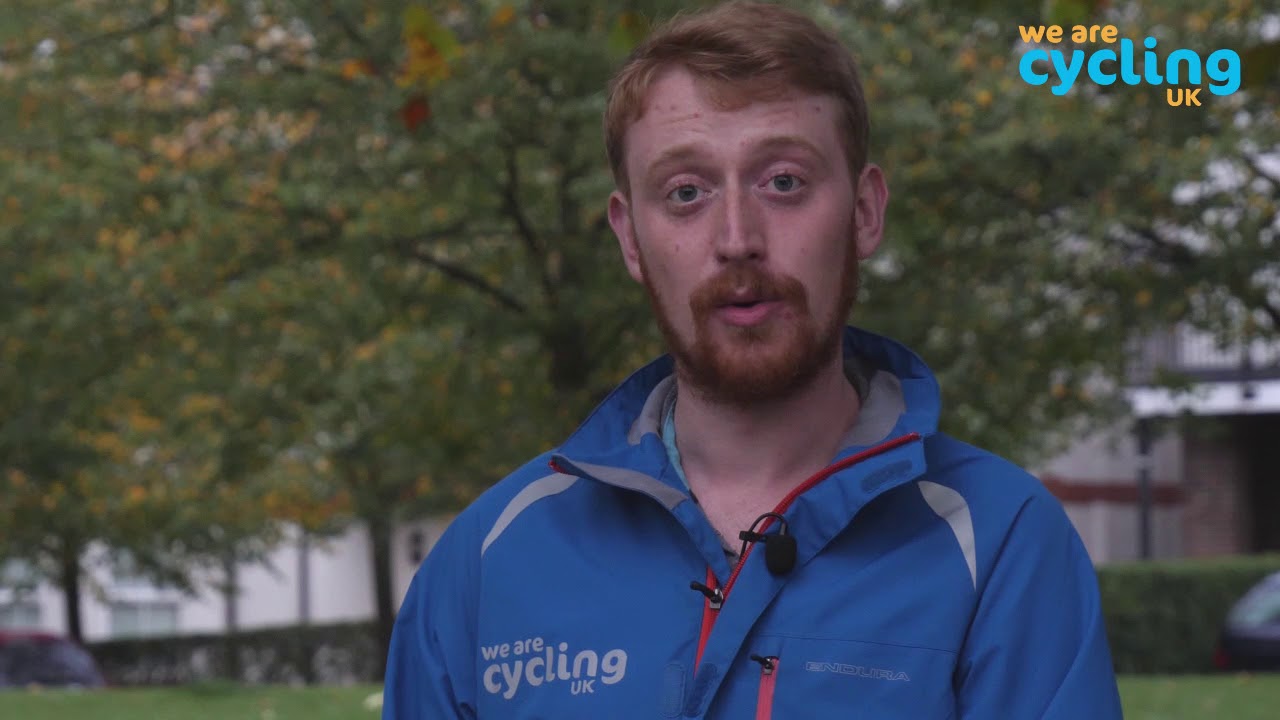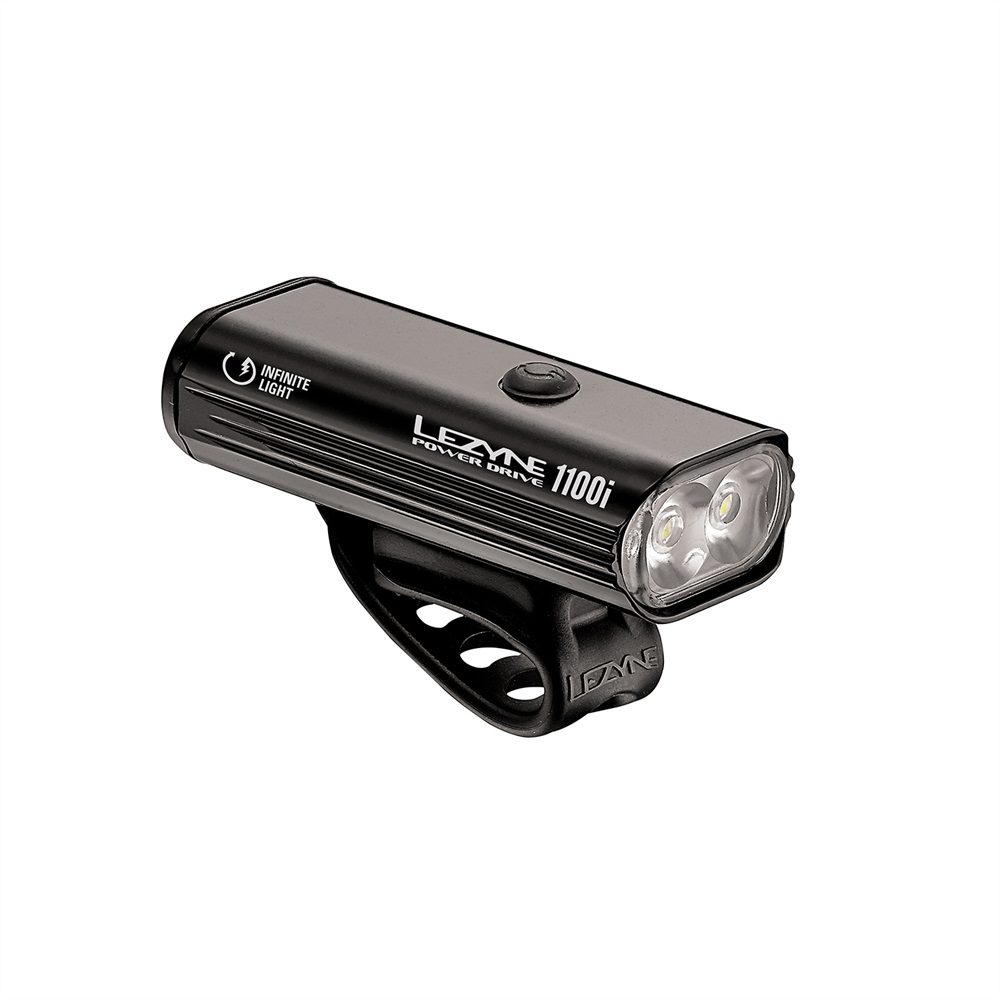Everything you need to know about cycle lighting regulations
Most people know that it is illegal to cycle on a public road after dark without lights and reflectors. But less straightforward is working out how to stay on the right side of the law when choosing lights and reflectors, knowing where to fit them and when to light up.
The law in this case is defined by the Road Vehicles Lighting Regulations (RVLR) which are very detailed and have been updated many times since their introduction in 1989, with the most recent changes in 2017.
The basics
The most basic requirement of the law is to fit a white front light and a red rear light which must be clean and working properly, when cycling between sunset and sunrise. Reflectors should also be fitted to pedals and the rear of the cycle. Lights are not needed when the cycle is stationary or being pushed along the roadside.
Be careful!
It's very likely that just having a white light at the front and a red light at the rear will be enough to prevent any negative police attention. However, if you’re involved in an accident at night, any slight irregularity could be challenged in court and may be regarded as ‘contributory negligence’ (a polite way of saying that the incident was partly your fault).
So it's useful to be aware of the minimum legal requirements, especially as some of them are on the complicated side and some appear downright perplexing.
Front lamp
At least one lamp is required, showing a white light, positioned centrally or offside (the right-hand side of the bike), up to 1,500mm from the ground, aligned towards and visible from the front.
If capable of emitting a steady light, it must be marked as conforming to BS6102/3 or an equivalent EC standard.
If capable of emitting only a flashing light, it must emit at least 4 candelas.
We say:
Note that the light must be fixed to the cycle. Helmet lights can be useful but don't meet legal requirements when used alone.
What is a candela? Most lights are given an output in lumens: one candela approximates to 12 lumens, so tiny flashing lights which usually put out around 25 lumens aren’t enough on their own; you’ll need at least two of them.
The free light set offered to new members of Cycling UK this autumn provides 200 lumens at the front: enough to light you up in town. Join now to receive the rechargeable Cateye AMPP 200 Orb set worth £39.99.
Rear lamp
One is required, to show a red light, positioned centrally or offside (the right-hand side of the bike), between 350mm and 1,500mm from the ground, at or near the rear, aligned towards and visible from behind.
If capable of emitting a steady light it must be marked as conforming to BS3648, or BS6102/3, or an equivalent EC standard.
If capable of emitting only a flashing light, it must emit at least 4 candelas.
We say:
Again, the light must be fixed to the cycle.
You might have noticed that rear cycle lights tend to have much lower lumen outputs than front lights. This is partly because the rear light does not have to illuminate the way forward, but also because our eyes react differently to red and white lights, so for example, a 50 lumen rear light appears to have similar brightness to a 200 lumen front light.
Flashing lights
Since 2005, flashing bicycle lights are permitted to be used as sole lights, provided the light flashes between 60 and 240 times per minute (1-4Hz).
We say:
Unfortunately it isn't as simple as it seems. Technically speaking, any flashing lamp that is also capable of emitting a steady light is approved only if it conforms with BS6102/3 when switched to steady mode. Since most flashing lights do also have a steady mode, they’re legal but not approved, so you’ll probably need another lamp that is.
The problem is that very few lights available in the UK market conform with BS6102/3.
Confused? The current situation can be blamed on the fact that UK legislation isn’t up to speed with technological advancements or the effects of global markets.
Rear reflector
One rear reflector is required, coloured red, marked BS6102/2 (or equivalent), positioned centrally or offside (on the right-hand side of the bike), between 250mm and 900mm from the ground, at or near the rear, aligned towards and visible from behind.
We say:
There are a few bicycle light units that have reflectors included, so it would be sensible to buy one of these if you have no reflectors on your bike.
Pedal reflectors
If you’re going to ride your bicycle in the dark then four pedal reflectors are required; coloured amber, marked BS6102/2 (or equivalent), and positioned so that one is plainly visible to the front and another to the rear of each pedal.
We say:
Some modern pedals, such as clipless systems, won’t allow you to fix pedal reflectors to them so, technically, they should not be used in the dark. For the sake of visibility, reflective ankle bands are a suitable substitute, but these do not meet legal requirements.
Exceptions and explanations
The 1989 regulations were not retroactive so bicycles manufactured before 1989 can still have any kind of white front lamp that is visible. Those manufactured before 1985 don’t need pedal reflectors. So if you have a pre-1985 steel-framed bike with pedals that don’t take reflectors, you can ride it in the dark without fear of prosecution.
Note that cycle trailers also need a rear lamp as above and a triangular rear reflector with an ECE mark III or IIIA. Many trailer manufacturers fit round cycle-type reflectors, however, and leave no provision for attaching a rear lamp.
Seriously reduced visibility
Unlike other vehicles, pedal cycles are not legally required to light up in conditions of seriously reduced visibility in daytime – although it is sensible to do so. That’s because this clause applies only to lights that are required to be fitted at all times as with a car. The creates the peculiar situation where cyclists do not require lights when riding through fog, for example. The law is strange sometimes.
"Lighting-up time" and the "hours of darkness"
What exactly do these phrases mean? Definitions have changed over the years but now sunset to sunrise is ‘lighting-up time’ and ‘hours of darkness’ last from half an hour after sunset until half an hour before sunrise.
When cycling, however, the only thing that matters is the sun. Once it dips below the horizon, lights need to be turned on, even though there may be plenty of light remaining. It’s the rules.
The EU-friendly clause
A European Directive a few years ago stated that British Standard equivalents from other EC countries must also now be recognised – but only if they provide an equivalent level of safety. It’s not exactly clear which do.
However, Germany has arguably the strictest cycle lighting laws in Europe, so we should consider it safe to use equipment that is marked accordingly, with a ‘K~number’.
Dynamos
Dynamos are legal even if they go off when you stop cycling. However, modern dynamo systems have standlight technology which means that the light stays on for a while after you have stopped – another German legal requirement. Many use LEDs as well and have far higher outputs and more advanced beam management. The hub-style dynamos (as opposed to the bottle sort which runs on the side of the tyre) have also increased their efficiency and reduced their drag considerably.
Additional lamps and reflectors
Some cyclists like to fit extra lamps and reflectors, in addition to the approved ones specified above. This is perfectly legal provided they are the correct colour and in an appropriate position.
These optional lamps and reflectors do not have to comply with any standards, but it’s illegal to use some designs of lamp or reflector that have specific other uses. You must not, for instance, show a red light at the front, or a white light to the rear, or fit triangular-shaped rear reflectors on anything other than a trailer.
















